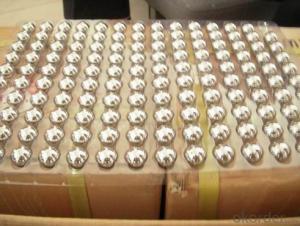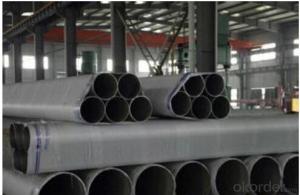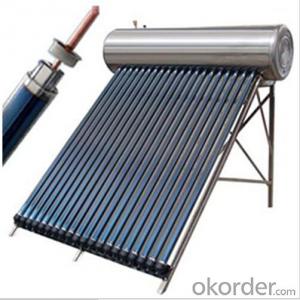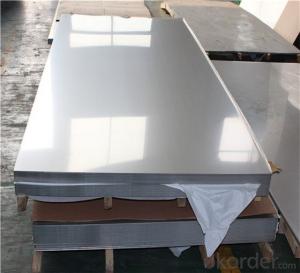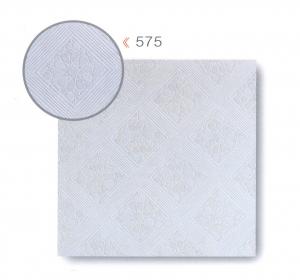Crown Stainless Steel
Crown Stainless Steel Related Searches
Best Paint For Stainless Steel Blanket Insulation For Steel Buildings Primer For Galvanized Steel Foam Filter For Stainless Steel H S Code For Stainless Steel Surface Grinding Wheels For Stainless Steel Surface Grinding Wheels For Hardened Steel Hole Saw For Stainless Steel Paint For Stainless Steel Stainless Steel For BbqHot Searches
Steel Mesh Panels For Sale Price For Stainless Steel Scrap Scrap Price For Stainless Steel Price For Stainless Steel Stainless Steel Tank For Sale Stainless Steel Sheets For Sale Cheap High Tea Sets For Sale Stainless Steel Tanks For Sale Stainless Steel For Sale High Density Fiberboard For Sale Solar Hot Water Collectors For Sale Scaffolding For Sale In Uae Scaffolding For Sale In Ireland Scaffolding For Sale In Houston Type Of Inverter For Solar Price Of Shipping Containers For Sale Types Of Inverter For Solar Stock Price For Aluminum Used Solar Inverter For Sale Steel Mesh Panels For SaleCrown Stainless Steel Supplier & Manufacturer from China
Okorder.com is a professional Crown Stainless Steel supplier & manufacturer, offers integrated one-stop services including real-time quoting and online cargo tracking. We are funded by CNBM Group, a Fortune 500 enterprise and the largest Crown Stainless Steel firm in China.Hot Products
FAQ
- Tinplate, commonly used for pet food packaging, helps contribute to the freshness of pet food by providing a protective barrier against oxygen, light, and moisture. This prevents oxidation and spoilage of the food, preserving its quality and flavor for a longer period. Additionally, tinplate cans are hermetically sealed, preventing any external contaminants from entering the packaging, further enhancing the freshness and safety of the pet food.
- Yes, tinplate can be used for packaging wine or spirits. Tinplate is a type of steel coated with a thin layer of tin, which provides excellent corrosion resistance and protection against light. It is commonly used for packaging food and beverages, including wine and spirits, due to its durability and ability to maintain product quality.
- The typical tooling costs for tinplate production vary depending on factors such as the complexity of the design, size of the production run, and specific requirements. However, tooling costs for tinplate production can range from a few thousand dollars to tens of thousands of dollars.
- There are several advantages of using tinplate for household appliances. Firstly, tinplate is highly resistant to corrosion and rust, ensuring the longevity and durability of the appliances. Additionally, tinplate provides excellent heat resistance, making it suitable for appliances that generate high temperatures. Furthermore, tinplate is lightweight yet strong, allowing for easy handling and transportation of the appliances. Lastly, tinplate is a sustainable and eco-friendly material, as it is recyclable and reduces the carbon footprint of the manufacturing process.
- Tinplate contributes to the overall tamper-evident packaging by providing a strong and durable material that can be easily sealed and remains intact when tampering is attempted. Its resistance to corrosion and tampering makes it an ideal choice for ensuring the security of packaged products.
- Common decorative options for tinplate packaging include printing, embossing, debossing, hot stamping, and lithography. These techniques can be used to create intricate designs, patterns, logos, and text on the surface of the tinplate packaging, making it visually appealing and attractive to consumers.
- Yes, tinplate can be used for packaging medical devices. Tinplate is a strong and durable material that provides excellent protection and barrier properties to ensure the safety and integrity of medical devices. It is also resistant to corrosion and can be easily sterilized, making it suitable for packaging in the medical industry.
















